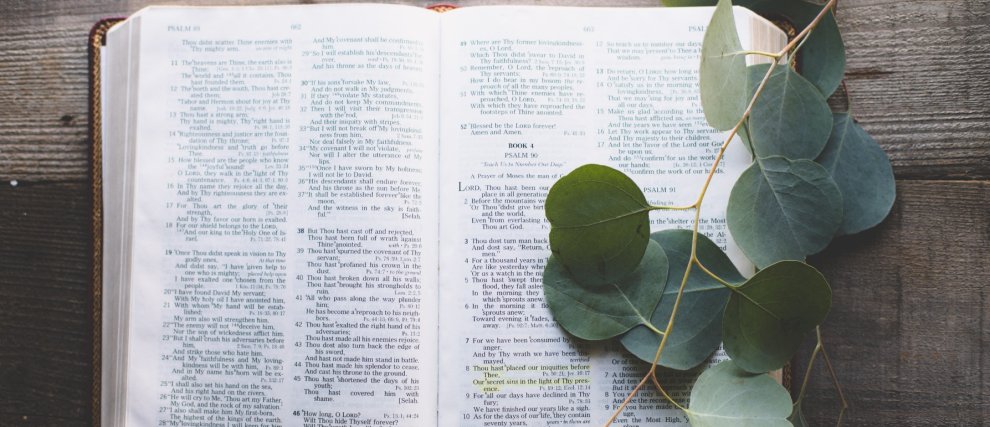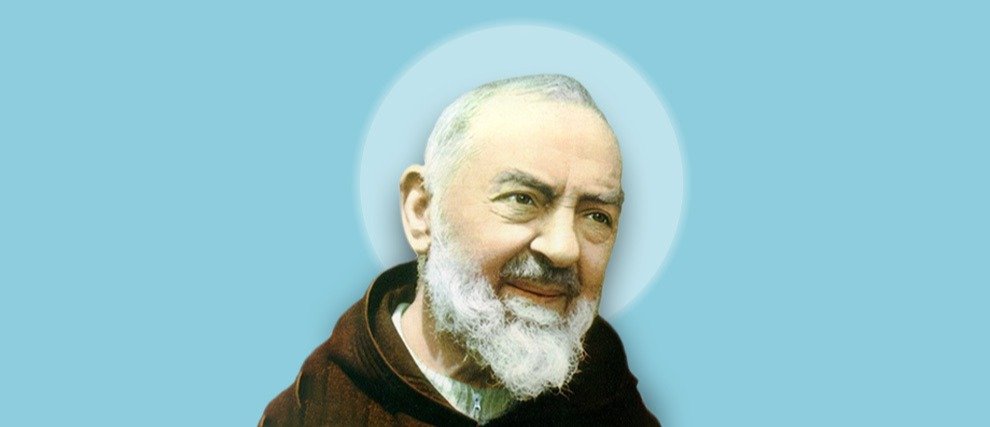Outline of the Catechism of the Catholic Church
The Catechism of the Catholic Church, promulgated in October 1992, aims to summarize the faith, teaching and morals of the Catholic Church. It consists of four main parts: the profession of faith, the sacraments of faith, the life of faith, and prayer. These four parts comprise a total of 2,865 issues: an issue can range from 1 line to around 10 lines. At the end of this article on the outline of the Catechism of the Catholic Church, we invite you to discover other questions on the Christian life.
Part 1: The profession of faith
The first part of the Catechism of the Catholic Church is entitled the Profession of Faith. It is divided into two sections:
The first “I believe”—“we believe” section
The second section “The profession of the Christian faith, Symbols of the faith”.
First section: “I believe”—“we believe”
This first section is divided into three chapters.
Chapter One: Man is “capable” of God
This chapter evokes the desire for God, the paths to knowledge of God, knowledge of God according to the Church, and knowing how to talk about God. In particular, it reminds us that man is “made to live in communion with God” (no. 45), and that God “can be known with certainty through his works, thanks to the natural light of human reason” (no. 47).
Chapter two: God meets man
This chapter is divided into three sections:
God's Revelation (Article 1): we are reminded, for example, that God reveals his “benevolent plan” and that Christ is the “Mediator and Fullness of all Revelation”.
The transmission of divine Revelation (Article 2)
Sacred Scripture (Article 3): Christ is the unique Word of Sacred Scripture, the inspiration and truth of Sacred Scripture, the Canon of the Scriptures, etc.
Chapter three: Man's response to God
This chapter is divided into two sections:
Article 1: I believe
Article 2: We believe
Second section: “The profession of the Christian faith, Symbols of the faith”
More developed than the first, the second section includes paragraphs in addition to chapters and articles. This section is divided into three chapters.
Chapter 1: I believe in God the Father
This chapter includes article 1, “I believe in God the Father Almighty, Creator of heaven and earth”, which itself comprises 7 paragraphs, each of which explains, by means of several numbers, each component of the Creedal phrase used in the above-mentioned heading of article 1. We thus have the following paragraphs:
Paragraph 1: I believe in God
Paragraph 2: The Father
Paragraph 3: The Almighty
Paragraph 4: The Creator
Paragraph 5: Heaven and earth
Paragraph 6: Man
Paragraph 7: The fall
Chapter two: I believe in Jesus Christ, the only Son of God
This chapter contains no fewer than 11 articles, with some paragraphs having ten or so numbers.
Article 2: “And in Jesus Christ, his only Son, our Lord”.
Article 3: “Jesus Christ was conceived by the Holy Spirit and born of the Virgin Mary”.
Article 4: “Jesus Christ suffered under Pontius Pilate, He was crucified, He died, He was buried”.
Article 5: “Jesus Christ descended into hell and rose from the dead on the third day”.
Article 6: “Jesus has ascended into heaven, He sits at the right hand of God, the Father Almighty”.
Article 7: “From where he will come to judge the living and the dead”.
Article 8: “I believe in the Holy Spirit
Article 9: “I believe in the Holy Catholic Church”.
Article 10: “I believe in the forgiveness of sins”.
Article 11: “I believe in the resurrection of the flesh”.
Article 12: “I believe in eternal life”.
Part 2: Celebrating the Christian mystery
This part is divided into two sections:
The first section, “The sacramental economy''
The second section “The seven sacraments of the Church”
First section, “The sacramental economy''
This relatively short section consists of two chapters:
Chapter one: the Pascal mystery in the time of the Church. This chapter evokes the liturgy as the work of the Holy Trinity and the Pascal mystery in the sacraments of the Church.
Chapter two: the sacramental celebration of the Paschal Mystery. This chapter answers questions such as who celebrates, how to celebrate, when and where to celebrate.
Second section “The seven sacraments of the Church”.
This comprehensive section is divided into three chapters:
Chapter One: The Sacraments of Christian Initiation, with Baptism (Article 1), Confirmation (Article 2), and the Eucharist (Article 3).
Chapter two: The sacraments of healing, with the sacrament of Penance and Reconciliation (Article 4), the anointing of the sick (Article 5).
Chapter Three: The sacraments of communion service, with the sacrament of Holy Orders (Article 6) and marriage (Article 7).
Part 3: Life in Christ
The third part of the Catechism of the Catholic Church, Life in Christ, is divided into two sections:
The first section “Man's vocation: life in the spirit”.
The second section, “The Ten Commandments
First section “Man's vocation: life in the spirit”.
This section is divided into three chapters.
Chapter 1: The dignity of the human person
The most comprehensive chapter in this section, it is divided into eight articles:
Article 1: Man the image of God
Article 2: Our vocation to beatitude
Article 3: Human freedom
Article 4: The morality of human acts
Article 5: The morality of passions
Article 6: Moral conscience
Article 7: Virtues
Chapter two: The human community
Relatively short, this chapter, in three articles, deals with the person and society, participation in social life, and social justice.
Chapter three: God's salvation: law and grace
This chapter also deals with three articles: the moral law (article 1), grace and justification (article 2), and the Church as mother and educator (article 3).
Second section: “The Ten Commandments''
This section contains ten articles, corresponding to the Ten Commandments.
The first commandment: “You shall worship the Lord your God and serve Him.
The second commandment: “Thou shalt not utter the name of the Lord thy God falsely”.
The third commandment: “Remember the Sabbath day and keep it holy”.
The fourth commandment: “Honor your father and your mother”.
The fifth commandment: “Thou shalt not murder”.
The sixth commandment: “Thou shalt not commit adultery”.
The seventh commandment “Thou shalt not steal”.
The eighth commandment: “Thou shalt not bear false witness against thy neighbor” The ninth commandment: “Thou shalt not covet thy neighbor's house”.
The Tenth Commandment: “You shall not covet anything that belongs to your neighbor.
Part 4: Christian prayer
The final part of the Catechism of the Catholic Church is devoted to prayer. It consists of two sections.
First section “Prayer in the Christian life''
Chapter One: The revelation of prayer. The universal call to prayer
This chapter, divided into three articles, talks about prayer in the Old Testament (Article 1), in the fullness of time (Article 2), and in the time of the Church (Article 3). The last article deals in particular with blessing and adoration, the prayer of petition, intercession, thanksgiving and praise.
Chapter two: The tradition of prayer
For our Christian life, this chapter includes a development in article 1 on the expressions of prayer, such as vocal prayer, meditation and contemplative prayer, and the combat of prayer in article 2.
Second section, “The Lord's Prayer: 'Our Father!
This last section evokes the Lord's Prayer, as the summary of the whole Gospel (article 1), “Our Father who art in heaven” (article 2), and the seven petitions (article 3).
With Hozana, let us pray to be faithful to our baptism
Reading the Catechism of the Catholic Church can help us to better understand and transmit our faith, but also to better live the sacraments, to conform more closely to Christ by shaping our conscience, making the best use of our freedom, etc.
Hozana offers a wide range of communities for developing a prayer life, such as daily , novenas, and much more.

